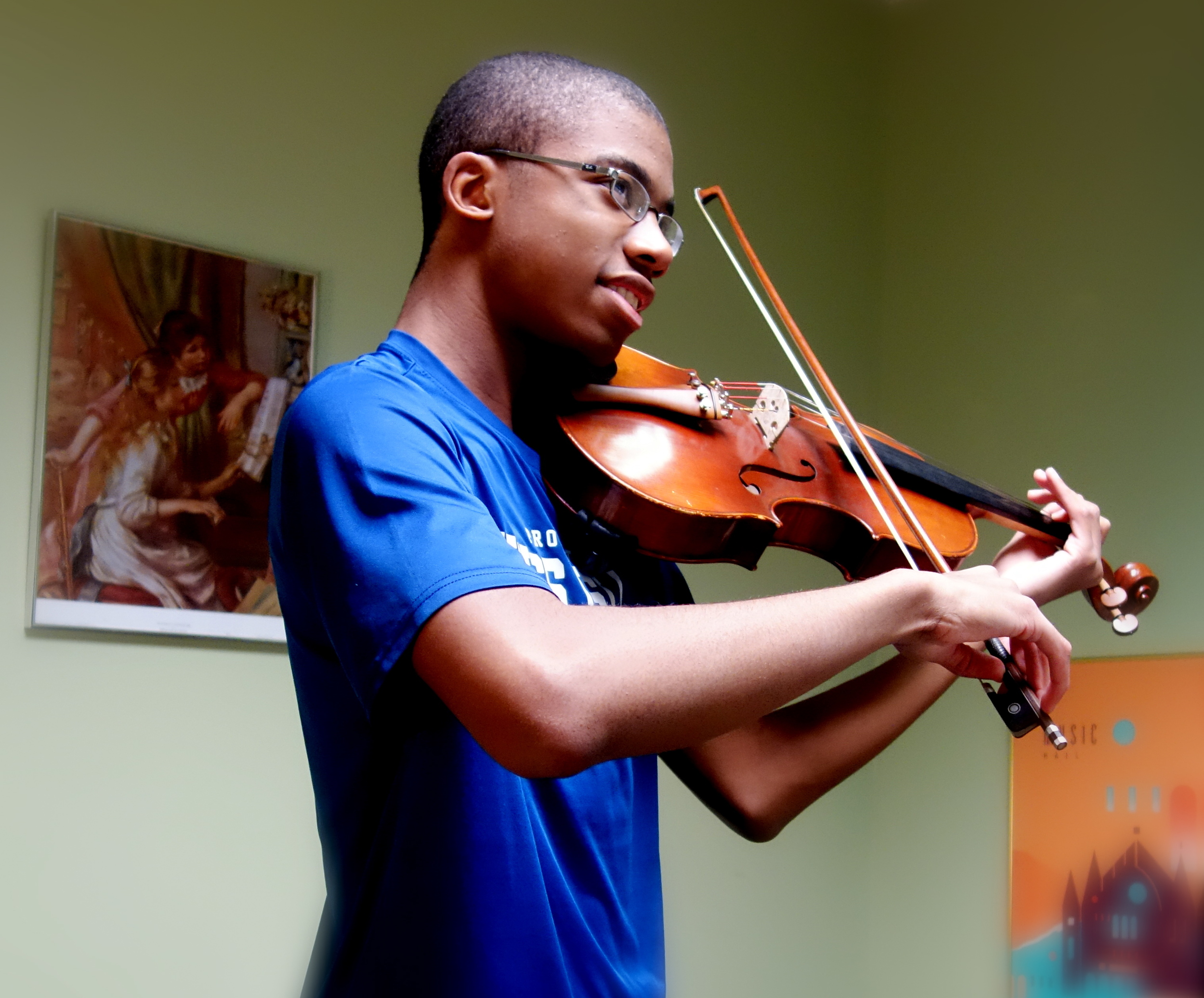How to Prepare for a Successful Audition
Auditioning is something that most musicians have to go through at some point in their career. Whether it is a test or placement audition for a school ensemble, an audition to get into a youth orchestra or summer festival, or an audition to play in a professional ensemble, there are a few key elements for which every judge listens - intonation, rhythm, accuracy and musicality.
In order to achieve excellence in these elements, every musician must practice in a variety of ways. For intonation, rhythm and accuracy, slow practice always lays a good foundation. After speeding up the music and hitting the various tempo markings comfortably and consistently, it is important to add musicality into the mix.
Every player should have an understanding of the piece they are playing. Often times an audition consists of a solo piece and excerpts of various full ensemble pieces. Listening to professional recordings of each piece as a whole will allow each individual player to know how their part fits into the entire ensemble in every musical sense - rubato, dynamics, tempered pitch, tone color, etc.
After feeling comfortable with the audition material, it is important to transition into a different kind of practice - performing. You can practice performing through mock auditions (playing your audition for other violin players, cello players, or pianists) or recording your audition to critique yourself in order to fine tune your audition performance.
Above all, be honest with yourself when you practice. If it's not right, fix it. If it's messy, slow it down and build it back up. If your musicality doesn't fit with most recordings, change it. And always give yourself enough time to prepare properly. Professionals spent months perfecting their audition in order to win their job - you can too!

